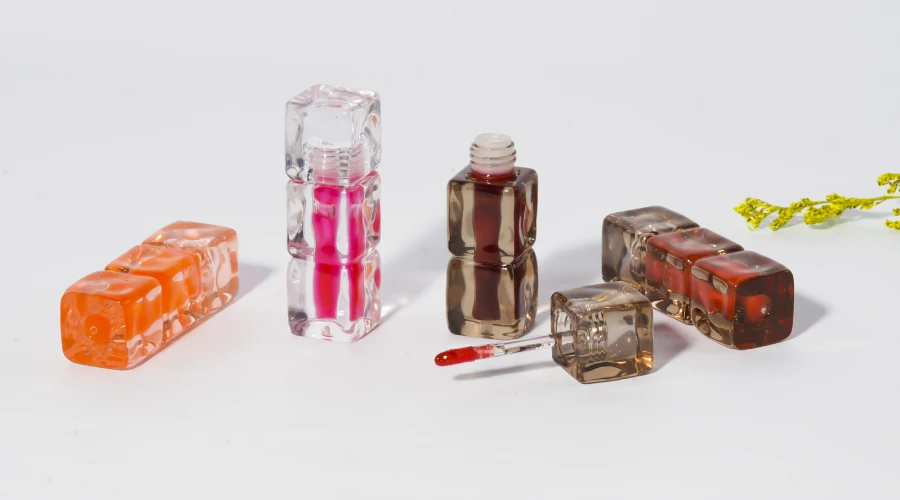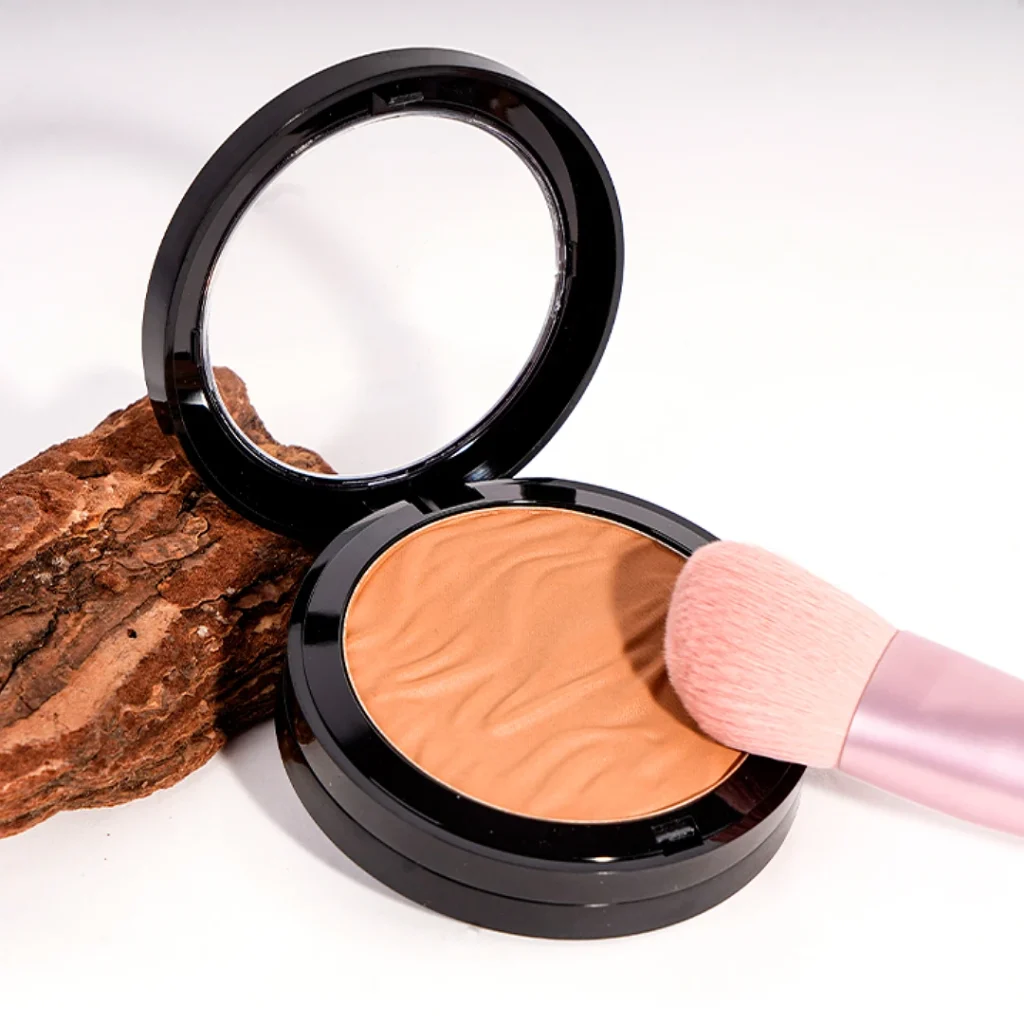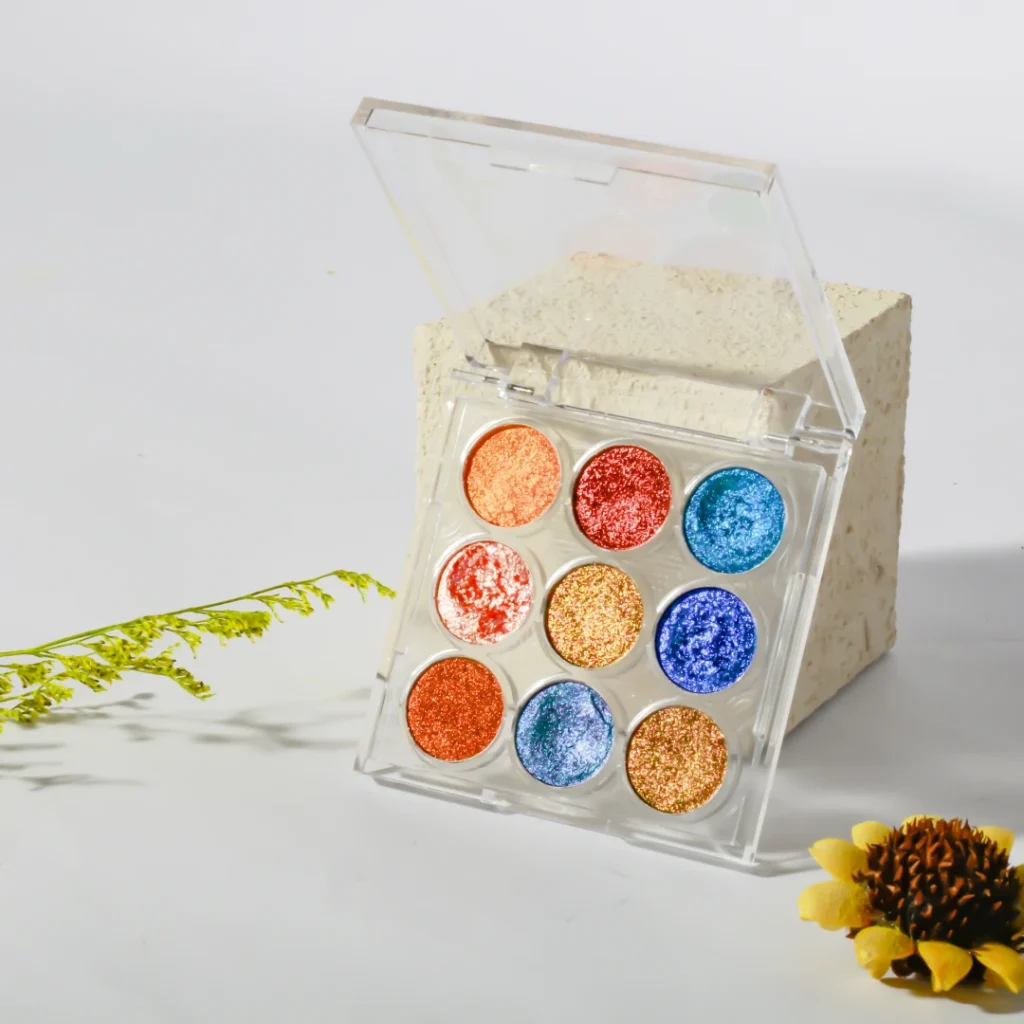The profitability of a cosmetic product depends on more than just sales volume. It involves how much profit is made after covering costs like materials, packaging, marketing, and distribution. Cosmetic products that manage to keep production costs low while commanding higher retail prices often show better profit margins.
What Defines Profitability in Cosmetic Products?
Profitability in cosmetics measures the balance between production expenses and revenue. It includes factors such as ingredient costs, manufacturing efficiency, and brand positioning.
For example, a lipstick with premium ingredients might cost more to make but sells at a higher price, raising profits. In contrast, mass-market products might rely on volume sales for profitability.
Factors Influencing Profit Margins in the Beauty Industry
Several elements affect profit margins in cosmetics. Ingredient sourcing, packaging design, and supply chain efficiency play key roles. Marketing and brand reputation also impact how much consumers are willing to pay.
For instance, luxury cosmetics often invest heavily in marketing, which can increase costs but also allow for higher prices. Seasonal trends and consumer demand shifts further influence profitability.
The Role of Product Type in Cosmetic Profitability
Different types of cosmetic products bring varied profit potentials. The category—whether skincare or makeup—can influence margins due to factors like production cost and consumer demand. Understanding these differences helps clarify why some products generate more profit.
Skincare vs. Makeup: Which Category Yields Higher Profits?
Skincare often involves higher-priced ingredients and longer development times, which can lead to greater profits per unit. Makeup products, like lipsticks, may sell in higher volumes but usually have lower margins.
However, makeup benefits from trend-driven sales that can spike quickly, affecting profitability.
Emerging Trends Impacting Product Profitability
Trends like clean beauty and personalized cosmetics shift profitability. Products with natural or organic ingredients can charge premium prices but might cost more to produce. Meanwhile, tech-driven beauty products or multi-use formulas attract consumers willing to invest, changing profit dynamics.
High-Profit Cosmetic Products: A Closer Look
Certain cosmetic items have historically driven high profits. This section explores key products, breaking down why they remain profitable and how market demand supports their sales.
Lipsticks and Lip Gloss: Timeless Profit Drivers
Lipsticks and glosses remain classic favorites with solid profit margins. Their relatively low production costs and strong consumer appeal help maintain steady sales. Packaging and brand image often add perceived value, increasing profitability.
Foundations and Concealers: Profitability and Market Demand
Foundations and concealers see strong demand due to their essential role in makeup routines. Profit margins can vary based on formulation complexity and packaging. Consumers often seek products tailored to skin types, encouraging brands to innovate while maintaining profits.
Skincare Serums: Why They Command Premium Pricing
Serums often include concentrated active ingredients that justify higher prices. Their perceived effectiveness and luxury positioning help drive profits. Although production costs can be higher, consumers are willing to pay more, especially for targeted treatments.
Packaging and Branding Impact on Profit Margins
How a cosmetic product is presented can greatly influence both cost and revenue. Packaging and branding are not just visual tools—they directly affect profitability.
How Packaging Costs Affect Profitability
Packaging affects both the production budget and consumer appeal. Simple plastic tubes are cheaper but may limit how high a product can be priced. In contrast, glass bottles, metallic finishes, or eco-friendly materials increase costs—but also allow for a higher retail price.
However, over-investing in packaging can cut into profit margins if the added cost isn’t balanced by consumer willingness to pay more. That’s why many profitable cosmetic products aim for a balance—attractive, yet affordable.
>> Making Ethical Choices: Why Cruelty-Free Matters in Beauty
The Role of Branding in Pricing Power and Consumer Perception
A strong brand image lets companies charge more, even for similar formulas. Branding shapes perception: a $5 lip gloss can sell for $25 if it carries a luxury label.
Good branding builds trust, loyalty, and emotional value. It makes consumers more likely to repurchase and less sensitive to price. This pricing flexibility often translates to higher profit margins.
Ingredient Costs vs. Selling Price: Profit Margin Dynamics
The relationship between what goes into a product and how much it sells for plays a major role in profitability. Some ingredients cost cents—others, several dollars per gram.
Cost of Raw Materials in Various Cosmetic Products
Basic ingredients like talc, waxes, and mineral oil are inexpensive and used in many cosmetics. These keep base production costs low, especially in high-volume items like powders or glosses.
In contrast, actives like retinol, peptides, or botanical extracts drive up production costs, especially in skincare. This means serums and treatments need higher price points to stay profitable.
Luxury Ingredients and Their Influence on Profit Margins
Some cosmetic products include rare or branded ingredients—gold flakes, caviar extract, or lab-grown collagen. These elevate the price, but also increase cost.
When paired with luxury branding, these ingredients justify premium pricing. But without that branding support, they can shrink margins quickly. So high-margin success depends on how well these ingredients are marketed—not just their function.
The Influence of Market Demand and Consumer Behavior
Consumers don’t just buy products—they buy into experiences, identities, and trends. What people want at a given time can make one product far more profitable than another.
Consumer Preferences That Boost Profitability
Trendy products—like lip oils, skin tints, or hybrid cosmetics—often ride waves of demand. If a brand gets the timing right, even low-cost items can yield huge returns.
Products that are fast to use, easy to understand, and visibly effective also sell well. These traits lower marketing costs and increase repeat purchases, improving margins.
Seasonal and Cultural Trends Affecting Sales
Certain cosmetics—like bronzers or tinted moisturizers—peak during summer. Others, like red lipstick or high-coverage foundation, see boosts during holidays or winter.
Cultural events, viral videos, and celebrity endorsements can also shift consumer focus. Products aligned with these shifts often see sharp profit spikes—even without changing the formula.
Production and Distribution Costs Affecting Profitability
How a cosmetic product is made and delivered can greatly impact its profit margin. Efficient production and smart distribution lower costs and boost earnings.
Manufacturing Expenses: Small Batch vs. Mass Production
Small batch cosmetics allow for flexibility and niche marketing, but they often have higher unit costs. Equipment, labor, and packaging are spread across fewer units.
Mass production lowers costs per unit through economies of scale. This model is more profitable when demand is high and consistent, like for lip balms or basic foundations.
Distribution Channels and Their Impact on Margins
Selling through retail stores usually means giving up a portion of profits to distributors. Online sales may offer better margins but often require high marketing spend.
Direct-to-consumer models cut out the middleman and can increase profits—but only if customer acquisition costs are kept low.
Regulatory and Safety Compliance: Cost Factors in Cosmetics
Cosmetics must follow strict safety and labeling rules, especially in regulated markets like the U.S. or EU. These laws ensure consumer safety but also increase cost.
How Regulations Impact Production Costs
Testing for allergens, heavy metals, and microbial contamination adds to manufacturing time and budget. Labels must meet legal requirements, which may mean translation or reformulation for global markets.
Some ingredients also face usage limits or bans, pushing brands to find alternatives—sometimes more expensive or less stable.
Balancing Safety and Profitability
Reputable cosmetic brands must invest in compliance. Cutting corners can lead to legal issues, product recalls, or harm to brand reputation.
Products that use safe, stable ingredients and pass safety checks without complex testing are easier to produce profitably, especially at scale.
Future Outlook: Which Cosmetic Products Are Poised for Profit Growth?
Profitability in the beauty industry isn’t fixed. It evolves with science, technology, and shifting values. Certain product types are emerging as tomorrow’s big earners.
Innovation and Technology in Cosmetic Formulations
Smart skincare with ingredients like peptides, encapsulated actives, or microbiome support is trending. These innovations increase perceived value and allow for premium pricing.
Makeup hybrids—like tinted serums or priming foundations—also blur lines and drive sales. Consumers want fewer steps and smarter products.
Sustainability and Ethical Beauty as Emerging Profit Factors
Consumers care more about how their cosmetics are made. Cruelty-free, vegan, and low-waste products are rising in demand.
While some sustainable packaging and ingredients cost more upfront, they often lead to strong brand loyalty. This repeat business makes up for thinner margins and supports long-term profit.
Conclusion
Profitability in cosmetics depends on smart choices—from product type and ingredients to branding and consumer trends. Lipsticks, serums, and hybrids often lead, but long-term success comes from balancing cost, innovation, and market demand.
>> How to Start a Cosmetic Line: Tips and Insights for Beginners
Frequently asked questions
Why is lipstick often considered the most profitable cosmetic product?
Lipsticks combine low manufacturing costs with high consumer appeal. They’re small, impulse-friendly, and can be marketed in many shades, making them ideal for high-margin sales.
Serums typically use concentrated actives, allowing for premium pricing. While their ingredients may cost more, strong perceived value can result in greater profit per unit.
Setting powder can be good for acne-prone skin as it helps control oil and prevent makeup from clogging pores. However, be cautious with powders that contain ingredients like talc or fragrance. Opt for non-comedogenic, oil-absorbing powders to avoid exacerbating breakouts.
How does packaging affect cosmetic profitability?
Simple packaging cuts costs, but premium packaging boosts perceived value. Profitable products find a balance—low production cost with high shelf appeal and brand impact.
Can sustainable or eco-friendly cosmetics still be highly profitable?
Yes. While sustainable ingredients and packaging may raise costs, they attract loyal, values-driven customers willing to pay more, leading to strong long-term margins.
What makes a cosmetic product less profitable despite high sales?
If production or marketing costs are too high, or the product has high return rates or short shelf life, profits shrink. Volume doesn’t guarantee good margins without cost control.








